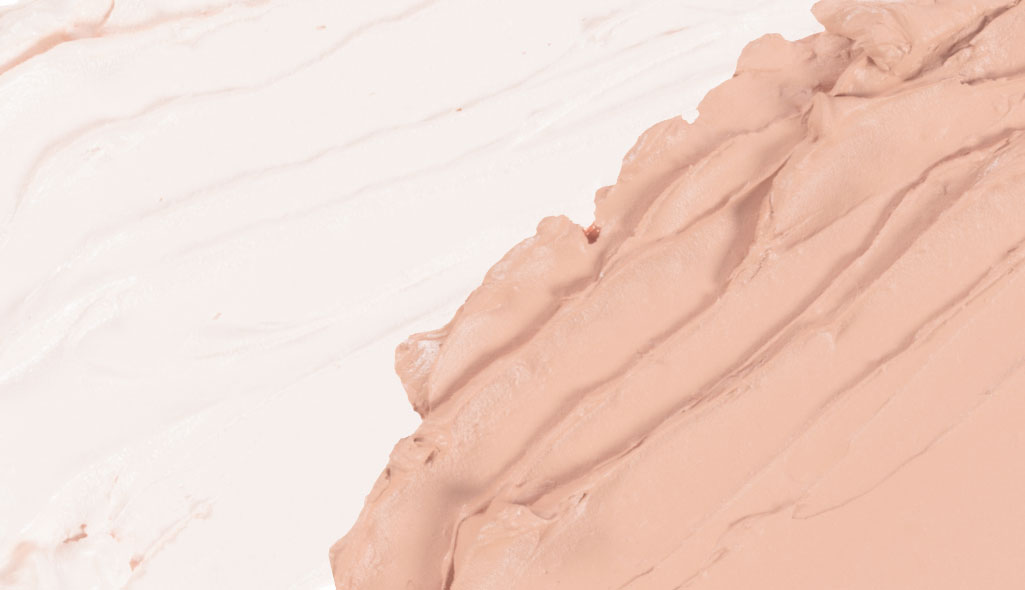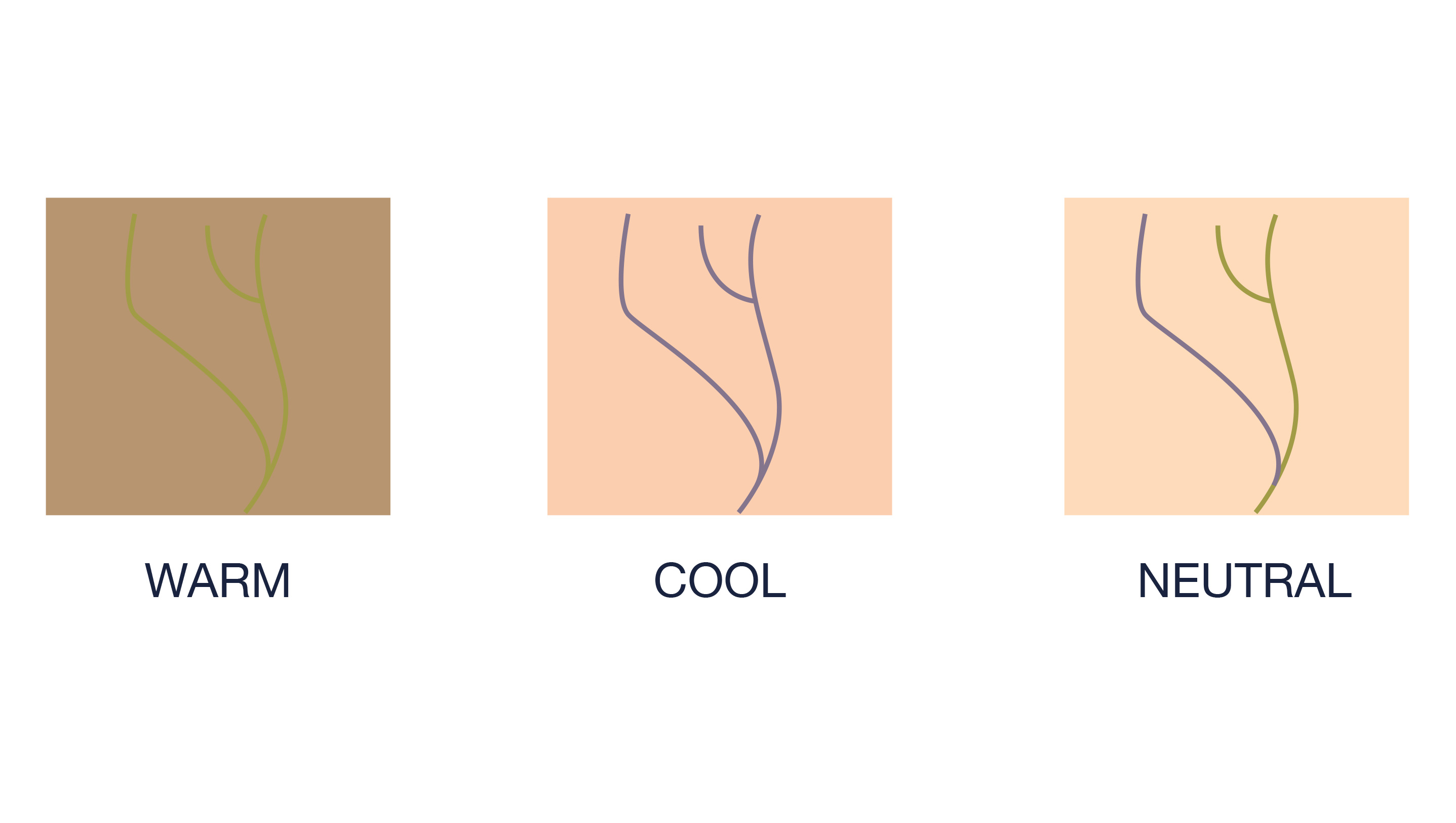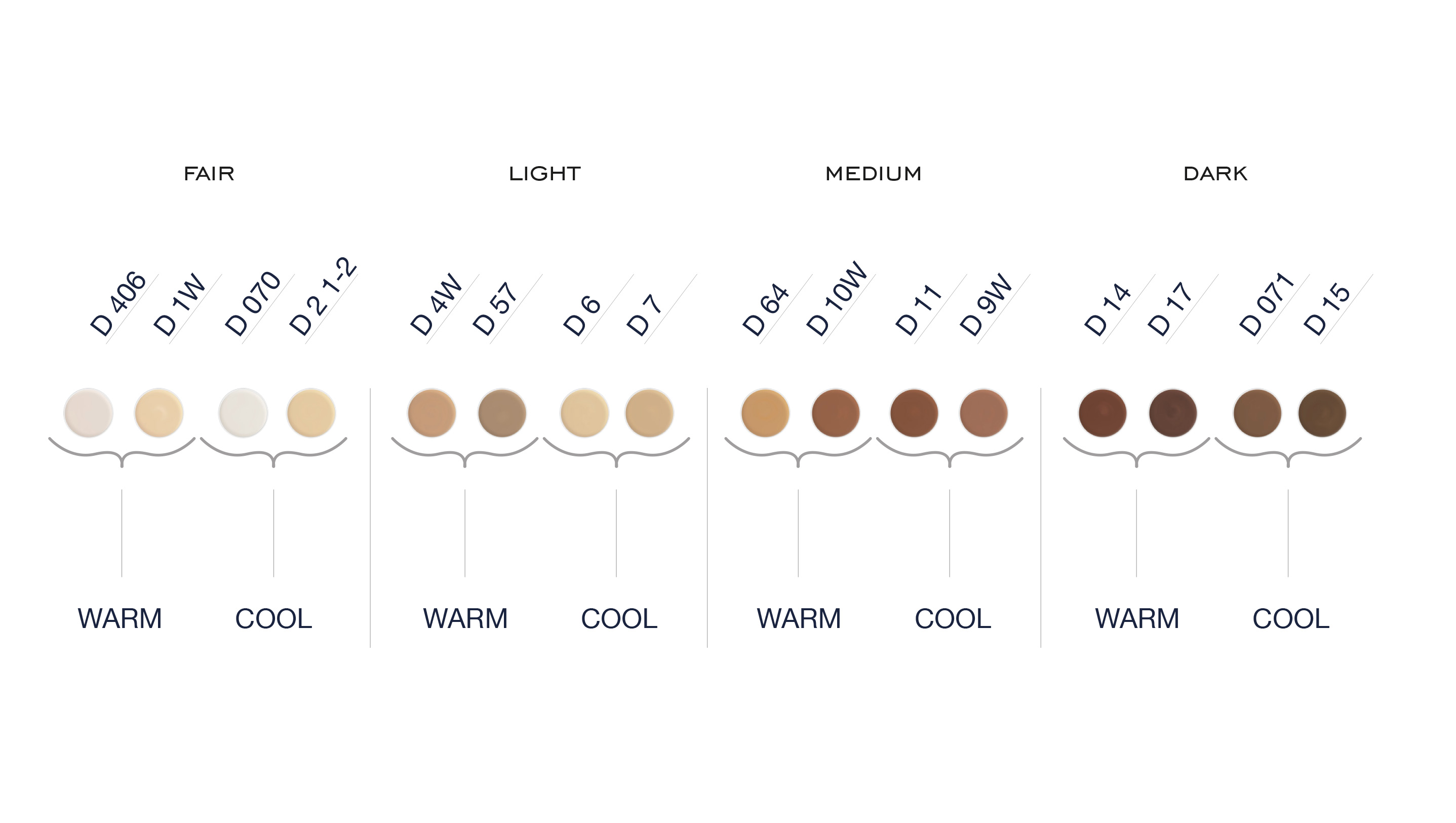
Pro Tips
Skin Tones
Striking the right tone
For many make-up artists, one of the most exciting discoveries on their professional journey is the moment they can truly identify the full range of hues in every individual’s skin tone and undertone – it’s only then they can understand the distinct differences between the two, and why it’s crucial to get this right. The skin tone - or the ‘complexion’ - is the surface color, the shade you see at a glance, which simply comes down to the amount of melanin in the skin. Skin tones range in variety, from palest hues to darkest browns, but are usually placed into four categories - fair, light, medium or dark. Things start to get a little more complex with undertones. An ‘undertone’ is the subtle, muted color beneath the surface of the skin which doesn’t change with lighting, tanning, hair color or any other external factor, and it’s this that make-up artists must use to fine-tune their color palettes.See your true colors
To the untrained eye, it can seem ludicrous that a face is made up of blues, yellows, reds and greens, but undertones truly are a spectrum of color. What’s more, an undertone has nothing to do with how light or dark the skin appears on the surface – so the same rules apply for all skin tones and ethnicities. Despite the infinite varieties of skin undertones, in general there are three categories - warm, cool and neutral. Warm undertones are yellow, peach and gold with green toned veins. Cool undertones are red and pink with blue toned veins. And neutral undertones are predominantly olive or a combination of warm & cool hues. For a MUA, having a good eye for skin undertones and the ability to identify whether it is warm, cool or neutral is critical to the overall make-up look – from getting the right shade of foundation, through to selecting colors for lips, eyes and cheeks. Jos Brands, expert MUA and Head of Education at Kryolan comments: “When I first cast eyes on a model, I can normally establish the undertone immediately, but sometimes it is more difficult. Some people have an unusual undertone and surface tone combination”. Paul Merchant, Global Head of Make-up at Kryolan adds: “Some people can have different undertones across their face. For example, the cheeks can be warm, but their forehead and chin is cool. This is why it’s important to use a palette with a wide variety of shades. If you use just one shade on the entire face, it can end up looking like a mask”.The theory test
A foundation that doesn’t match the skin’s unique undertones can jar and look ‘off’. This is where the principles of color theory come into play (see M.U.I. Issue 3) - if opposing colors are placed on top of each other, they can start to neutralize. So, if you use a foundation that’s too warm or cool on a neutral undertone, it can look orange or pink. Likewise, if you use a color that’s warm on a cool undertone, or cool on a warm undertone, it can appear grey.If the skin is tanned, or the lighting is particularly harsh or muted, ensure you go for lighter or darker shades with the same undertone – it’s not simply a case of selecting the next shade up or down. Jos Brand explains how color theory can be used when a quick solution is required: “Sometimes, on a job, the exact foundation match is simply not available, in which case you need to mix the right shade yourself. This can only work if you have a good working knowledge of color theory and harmony.”
Skin tone
This is the surface color of the skin, normally categorized as fair, light, medium and dark. Many factors can change the surface hue of the skin, such as sun exposure and skin conditions, but the skin’s undertone will always remain the same.Skin undertone
Undertones are classified as warm, cool and neutral. Cool undertones are pink, red and blue, warm undertones are peach, yellow and gold.Finding out your undertone

Get creative
Once you’ve got the foundation right, consider the rest of the make-up. When working on skin with warm undertones, warm yellow, orange and red-based colors are more flattering. However, cooler toned blues and greens can actually work well as contrasting ‘statement’ colors. Skin with cool undertones is flattered with green, blue and blue-toned red, yet warmer tones, like warm-red, orange and yellow can be used to make a bold statement. There’s also a classic red lipstick for all undertones – orange-red for warms and blue-red for cools. Skin with neutral undertones, like olive skin or skin with a combination of warm & cool undertones, can get away with almost anything. When creating any type of make-up look, do consider color harmony principles to avoid a chaotic make-up look, but don’t be afraid to experiment. Paul Merchant is an advocate of trusting your own judgment: “You can see with your own eyes if a lip, eye or cheek color works on a specific person – and if it’s not right, wipe it off. Some of my most successful make-up looks over the years have been achieved through experimentation”.
Tips & Tricks
Make-up artists must see the model in person before they can determine their true skin undertones, as on a photograph their skin may appear different through digital editing, lighting or make-up, and, of course, always check in daylight if you can. There are a number of basic tests you can carry out when you get close to the skin to determine the undertones. One of the first things a MUA should check is the veins; if they’re blue, the skin has cool undertones. If green, then warm. And if the skin appears to have both blue & green veins it’s neutral. A great back-up plan is the ‘white vs. cream test’ – simply hold two garments, one of each color, against un-made-up skin and see which one compliments the skin tone best. White looks good against warm, cream looks better against cool. If both look great, then it’s neutral.If you’re still not 100% sure, ask the model what color jewelry they prefer to wear. If gold jewelry enhances their complexion, they’re warm. If they prefer silver jewelry against their skin, they’re cool. And if they like both, they’re probably neutral.


